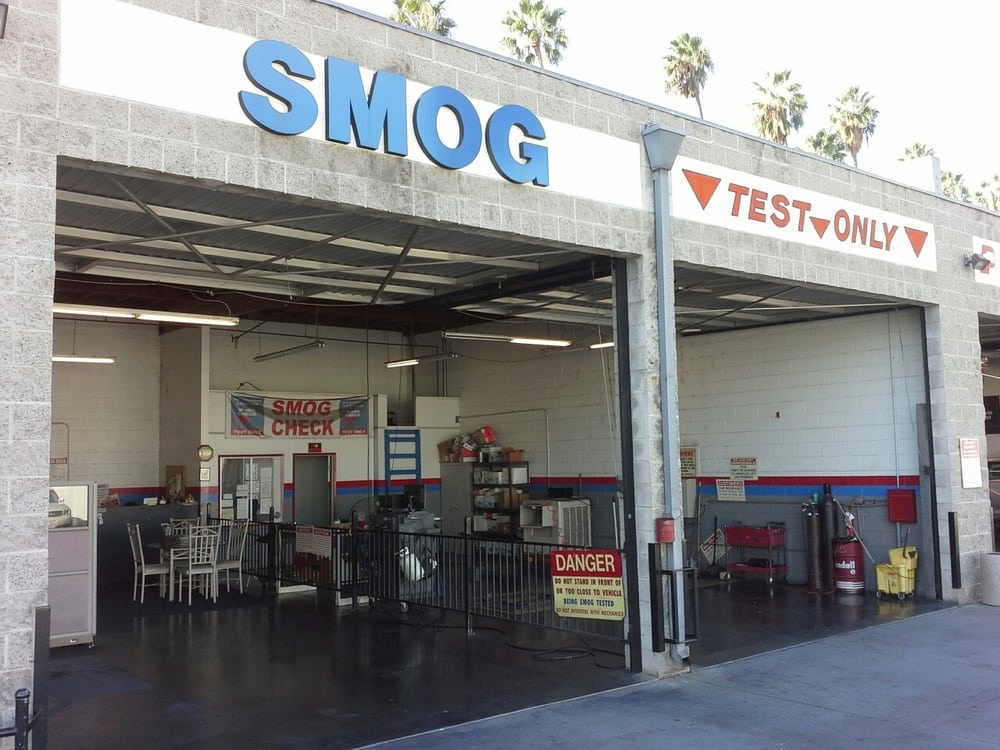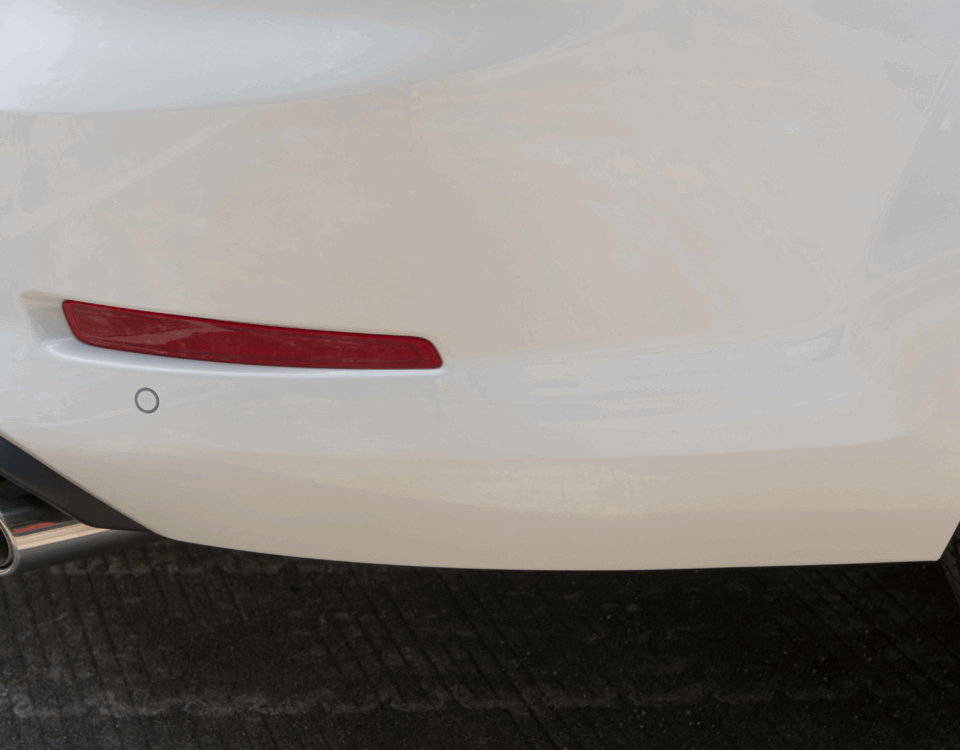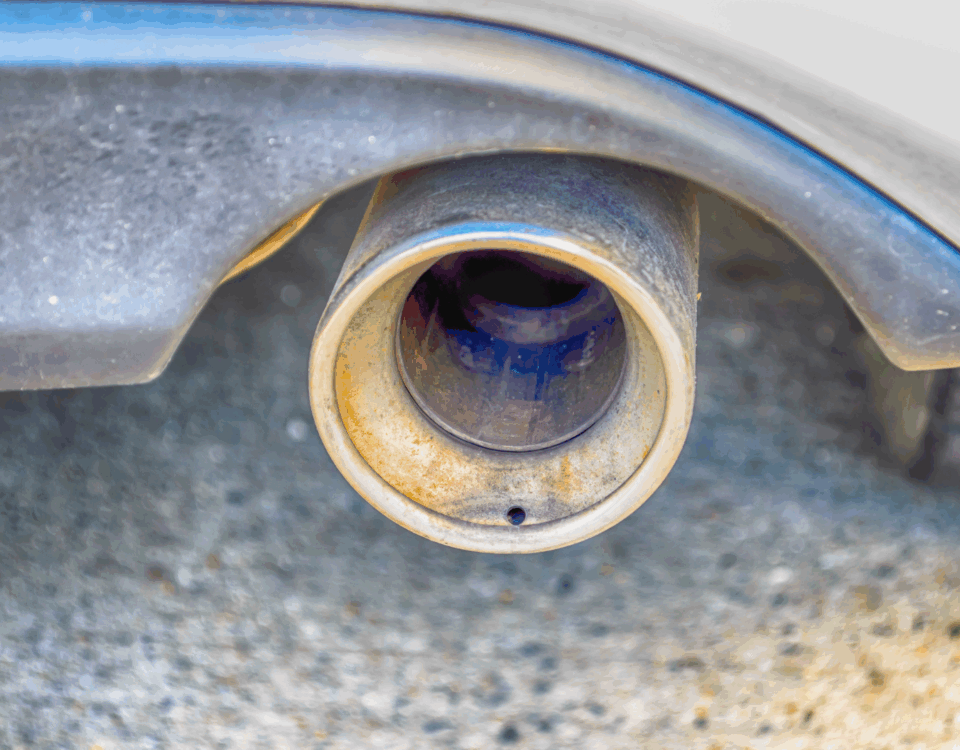
What is a Smog Inspection Station?
March 10, 2023
The Importance of Regular Smog Testing for Your Vehicle
March 14, 2023How to Pass a Smog Test for Your Car – Tips and Tricks
A smog test, also known as an emissions check, is typically required if you are registering your vehicle or renewing your license plate. Smog testing helps determine whether a car’s emission control systems are functioning properly and if it’s not producing too many pollutants in the atmosphere.
There are several ways to pass a smog test for your car. The best way to pass a test is to follow the rules and regulations set forth by your state. But if you have a few tricks up your sleeve, your chances of passing a test are much greater.
1. Get an Oil Change
Getting an oil change is one of the most important things you can do to increase your chances of passing a smog test. Dirty oil can cause your engine to release additional pollutants, which could throw off the smog test results, says Richard Asmerian of Smog Star Express in Santa Rosa, California. Ask the mechanic to perform a visual inspection of your engine while changing the oil.
2. Fill Your Tank With Gas
Before heading to the smog test facility, make sure you fill your tank with gas that’s appropriate for your car model and year. The smog check technician will use a device to measure the amount of fuel in your vehicle and compare it to the level that’s listed on your driver’s license. If the technician discovers that your vehicle’s gas tank is too low, he or she will have to test your car for a faulty fuel pump.
3. Drive Often
If you’re going to have your car tested, you should take it for at least 100 to 200 miles between the time you receive maintenance work and the time you take it in for a smog test, according to smog experts. This is because most mechanics disconnect your battery during a tune-up, which resets the car’s onboard computer.
- Warm Up Your Engine Before You Go In For The Smog Test
Using relatively hot air for smog tests can help your car’s engine work more efficiently and may lower the amount of hydrocarbons in your tailpipe, which is what smog officials measure. However, smog experts recommend running errands before you leave for the test to get your vehicle to operate at its optimal temperature.
5. Inflate Your Tires
Depending on the age of your vehicle, you might need to inflate your tires to the manufacturer’s recommended pressure. You can read this on the car’s owner’s manual, or on a sticker located on the driver’s door jamb.
Inflating your tires to the recommended air pressure is an easy and inexpensive way to boost your vehicle’s performance. The more pressure your tires have, the easier they will be to turn.
6. Use a Fuel Additives
Adding fuel additives can reduce emissions by eliminating carbon deposits that have built up in your engine. They also improve fuel efficiency and boost your engine’s power.
7. Clean Your Air Filter
If your vehicle has a dirty air filter, it can clog the smog-testing equipment, which can throw off your smog check results. Ask your mechanic to clean the air filter before he or she performs the smog check.





